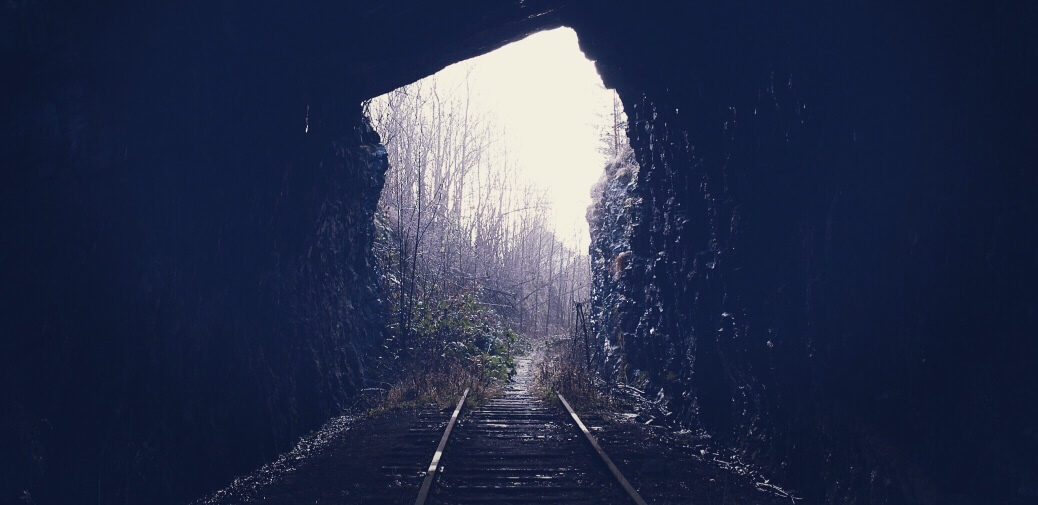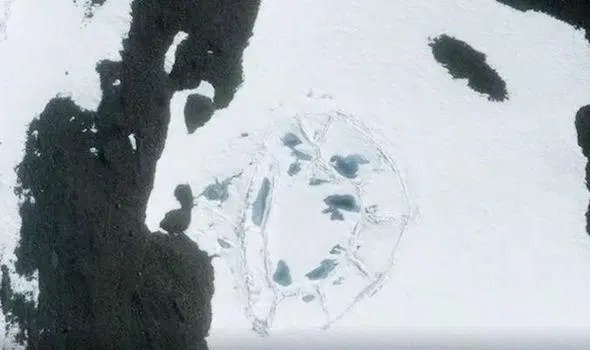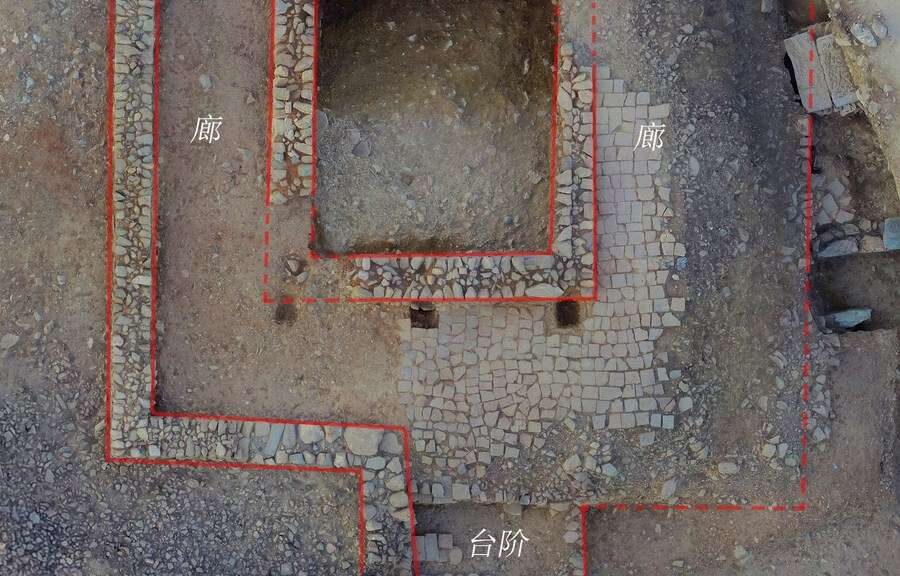Survey Reveals Viking-era Site in Northern Norway
Arne Anderson Stamnes, an archaeologist at the NTNU University Museum, was observed methodically making his way back and forth across the fields just east of the campsite in the municipality of Bodø in November 2019. He is towing a ground-penetrating radar device behind the four-wheeler he is driving.

GPR sends electromagnetic signals down into the subsurface, and some of these signals are reflected back when they encounter structures deeper down in the ground. This is how archaeologists obtain a kind of X-ray of objects two to three meters below the surface.
Stamnes quickly finds that the ground here is content-rich, to put it mildly. The results are astonishingly good and they whet your appetite for more, says Nordland county archaeologist Martinus A. Hauglid.
One of the region’s largest burial mounds
“Our findings included traces of 15 burial mounds, and one of them appears to contain a boat grave. Both the size and design of the burial mounds are typical of the period 650 to 950 CE—that is, what we call the Merovingian Period and Viking Age,” says Stamnes.
“A lot of the mounds are big. The largest burial mound has an inner dimension of 32 meters and must have been a towering presence in the landscape,” he says.
In fact, this giant mound is one of the largest burial mounds known in the region. But this isn’t what aroused the greatest enthusiasm among archaeologists. Previous studies indicated the presence of a plowed over burial ground right here, and this was an important reason why Bodø municipality and the Nordland County Council wanted to investigate the area with GPR.
What they didn’t know beforehand was that an ever-so-small mystery lurked underground. Or perhaps we should say many mysteries.

Intriguing mystery
As Stamnes trawls back and forth across the fields, more and more oval ditches appear on the screen, totaling 32 in all. You may not think oval ditches sound particularly mysterious or sexy—it’s not like you hear the Game of Thrones theme song in the background when someone whispers “oval ditches.” However, this is actually something that has not been seen before.
“I’ve asked a few of my colleagues, but so far haven’t found anything similar to this find in other excavations. So it’s difficult to conclude what it might be,” Stamnes says.
“The shape and the fact that most of the ditches have a clear orientation with the short end towards the sea—probably also the dominant wind direction—make it likely that this was a type of house foundation,” he said.
He adds that the GPR images do not show any traces of buried firepits inside the ditches, which indicates that they might have had a more temporary function.
“Maybe they served as a kind of market stall. It’s also possible to interpret such constructions as semi-permanent house foundations, also called “búðir”, which are known from assembly places in Iceland.
Still impossible to say what the ditches are
Archaeologist Jørn Erik Henriksen at the Norwegian Arctic University Museum says that it’s not possible to say anything more definitive about what the oval ditches are until excavations have been made. However, he thinks Stamne’s interpretation is interesting.

“I’m fascinated by the idea that there might be stalls connected to larger crowds gathering on the site,” says Henriksen. The GPR surveys also revealed 1257 pits of various sizes. It’s even harder to say for sure what all these are. Most likely they’re a bit of everything—from cooking pits and post holes to nothing special.
“What we can say is that these pits are another sign that this area has been packed with human activity,” says Stamnes.
Seat for chiefdom?
According to some theories, the area around the earlier Bodin municipality—including the scanned areas—was once the seat of a chiefdom that had sovereignty in the Salten district.
So the question is: does the archaeological investigation confirm this hypothesis?
Henriksen says he’d like to see similar investigations done at other contemporaneous central sites in the area before uncritically proclaiming this as the power headquarters.
“However, the findings have in no way weakened the hypothesis that this place was the center of power in Salten, on the contrary!” he says.

A mighty family
In any case, there is little doubt that a powerful family lived here, based on the size and number of the tombs gathered in one burial ground. Eight of the burial mounds are circular in shape, while seven are oblong. Long mounds are often interpreted to be female graves, so judging by the numbers, the burial ground contains an even gender balance.
“Five of the round grave monuments have a diameter greater than 17.5 meters, where the largest measures about 32 meters. The long mounds are between 17.7 and 29 meters long,” Stamnes says.
“Building such large tombs is resource-intensive, so it’s plausible that the people buried here had great power and influence, both locally and regionally,” he says.
County archaeologist Hauglid agrees.
“Bodøgård was the seat of the sheriff—and later the county governor—in the Nordland region from the beginning of the 17th century, while Bodin church nearby is a stone church from the Middle Ages. The burial ground that has now been discovered testifies that a political-religious power center has existed here since the Late Iron Age.
“A new city quarter has given us the chance to explore an area we’ve long been curious about. We can even see from aerial photos that there’s something under the ground. The findings from the investigation have yielded a long-awaited and exciting mystery,” says Ingrid Nøren, the manager for the New City—New Airport project in Bodø municipality.


























